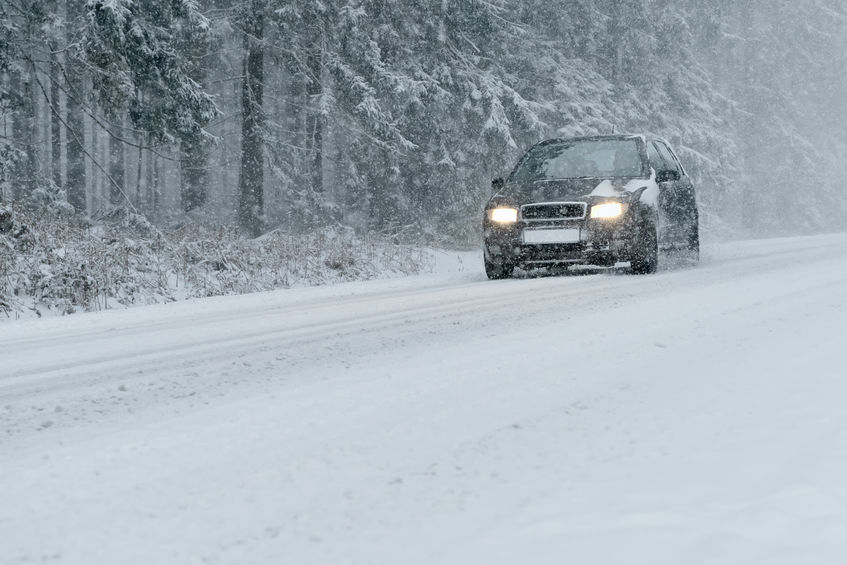Winter Travel Tips

With the Holidays just ahead of us and winter weather coming too, follow these Winter Travel Tips to get to your destinations safely.
Winterize your Vehicle
Make sure you have a solid and reliable vehicle to take out on the road. It should have winter tires installed (or at least all season with great tread) and the appropriate safety accessories included in the car. You’ll avoid a host of problems if you have your car winterized in the fall:
· Have your engine tuned-up at the mechanic
· Confirm that all lights are working and that the headlights are clear
· Have the battery checked
· Clean any corrosion with water and baking soda
· Ensure that all fluids are at their appropriate levels
· Use either all-season or winter oil
· Have the wiper blades cleaned and/or switch to winter wiper blades
· Tires are inflated and have good traction. (Snow tires go a long way)
Prevent Carbon Monoxide
Make sure that your exhaust pipe is never clogged with ice or snow. Make it a habit to check this every time before driving anywhere during the winter.
Plan Ahead
Plan ahead and be prepared for any type of weather that could arise. Know your route!
Have a Car Survival Kit
In case of emergencies on the road you should keep the proper supplies ready in your car. A first aid kt, a shovel, a set of tire chains and some sand or kitty litter can be invaluable during an emergency.
Slow Down
Don’t tailgate, and keep an eye on your rearview mirror to make sure nobody gets too close to you. Use your brakes sparingly, and like you’re stepping on an eggshell if braking in the snow.
Easy on the Brakes
Reducing your speed and only using your brakes when necessary can help you avoid sliding and slipping along the road. If you find yourself sliding or fishtailing on black ice or slick packed snow, avoid the brake and steer into the slide. Oversteering or over braking can send you into the ditch.
Take your turns wide
Take your turns very gradually and allow plenty of space.
Don’t Idle your Car
Idling your engine will only worsen your gas mileage, potentially cause damage to your engine and won’t warm up your car very quickly. The right way to warm your car is to drive it.
Don’t stop going up a hill
This does not mean you should power out and get to the top as quickly as possible, but it does mean that you need to gain inertia on a flat surface before reaching the hill to carry you to the top.










